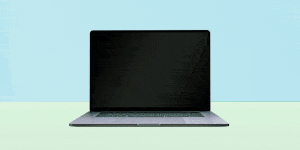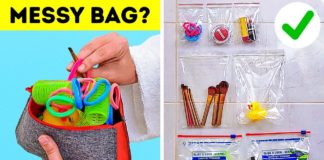As more information about the coronavirus pandemic develops, some of the information in this story may have changed since it was last updated. For the most up-to-date information on COVID-19, please visit the online resources provided by the CDC, WHO, and your local public health department.
Flying in an airplane makes you wonder about the cleanliness of the seat on a normal day, but it’s even more of a concern during this COVID-19 outbreak. With the U.S. government restricting international travel and the CDC advising you to take precautions even when traveling domestically, you can’t help but worry about what you’re being exposed to on the airplane itself. Still, if flying is unavoidable, there are steps you can take to minimize your exposure to various viruses that live on surfaces, including this version of the coronavirus.
The Good Housekeeping Institute’s Cleaning Lab reviews all kinds of cleaning products, from detergents, vacuums and washing machines to disinfecting wipes and multipurpose sprays. We worked with our Cleaning Lab and took the top tips from seasoned travelers and flight attendants to pull together everything you need to know about how to clean airplane seats.
Do airlines clean airplane seats?
Although cleaning crews technically clean in between flights, there’s usually limited time. According to Laurie Jennings, Good Housekeeping Institute Director and
a former flight attendant, cleaning crews may be working quickly “due to a delay or fast turnaround” between flights, so spots can be easily missed by the staff.
In light of the quick-spreading COVID-19, airlines say they’re using extra caution when cleaning the planes. Delta says it’s disinfecting the entire plane between transoceanic flights, plus the crews are using disinfectants to wipe down aircraft surfaces between every flight. United also says it’s wiping down touch points before passengers board. Still, when you think about how many seats the cleaning crews have to get to, it’s a good idea to give it an extra wipe-down yourself.
How do you disinfect an airplane seat?
Bring your own disinfecting wipes or travel-size sprays onto the plane. If you’re specifically worried about COVID-19, make sure you’re buying one that’s EPA-registered, which means it meets EPA criteria for use against SARS-CoV-2 (the virus that causes COVID-19). At this point it’s not easy to find these products online, but you can check your local stores as you’re making preparations for coronavirus. Keep in mind that airports will likely be sold out.
Once seated, spray or wipe down the airplane seat (including the headrest and seatbelt), and go beyond your seat. “Pay special attention to the armrests, the latch for the tray table and even the top of the seatback pocket that everyone touches,” advises Carolyn Forté, Director of the Good Housekeeping Institute’s Cleaning Lab.
Jennings adds that it’s smart to wipe down the touch screen for the entertainment system and volume controls on the armrests because these are easy spots for the cleaning crews to miss in a rush. And if you have a window seat (which a study found to be the safest seat to avoid infection), wipe down the shade before you touch it.
The key thing to remember is that these disinfectants don’t work instantly. “It’s important for the surface to stay wet for the required disinfection time on the label,” says Forté. But here’s where it gets tricky: disinfection times can vary based on which germs you want to kill and the ingredients in the disinfectant. We recommend checking the specific disinfectant’s website to get more details.
When you’re done with the immediate area around your seat, move on to all of the other surfaces you might touch. Think about whether you’ll be opening the overhead bin or bathroom door; if so, it can’t hurt to wipe those down. Forté also suggests taking your wipes or spray into the bathroom for the flusher and faucet handles.
Remember: The CDC states that crowded travel settings, like airports, may increase your risk of exposure to COVID-19, if there are other travelers with COVID-19. So you may want to consider delaying or canceling your travel plans.










































